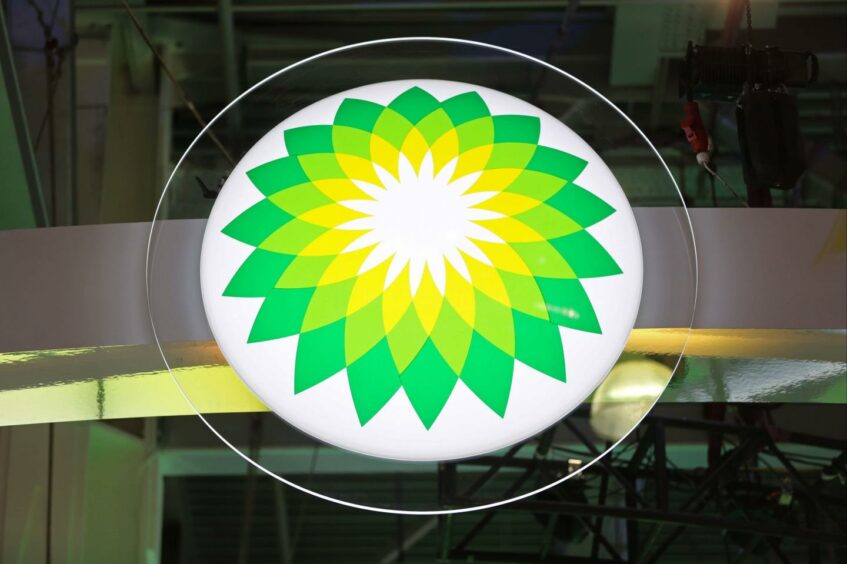
BP (LON:BP) will carry out deepwater oil and gas exploration offshore Indonesia after winning the rights to the Agung I and Agung II blocks as part of the nation’s second bid round last year. The move offers a glimmer of hope for Indonesia’s struggling upstream sector that has seen big international firms, such as ConocoPhillips, exit recently.
The Agung I Block covers an area of 6,656 square kilometres deepwater offshore Bali and East Java, while the Agung II Block is in deepwater offshore of South Sulawesi, West Nusa Tenggara and East Java, covering an area of 7,970 square kilometres. “The area is underexplored with significant potential of gas resource close to growing gas demand,” BP said in a statement.
BP has committed to shoot 4,000 square kilometres of 2D seismic covering the pair of blocks over a three-year term with a total investment commitment of $4 million, according to Indonesia’s Ministry of Energy.
“The Government of Indonesia’s decision to award 100% interest of the two blocks to BP demonstrates our position as a trusted partner of Indonesia, where we continue to grow our presence and commitment,” added BP.
BP’s long history of oil and gas exploration in Indonesia
“BP has more than 55 years of history in Indonesia. We operate the country’s largest gas producing field in Tangguh LNG, Papua Barat, contributing approximately 20% of national gas production and will increase to more than 30% once Tangguh’s Train 3 starts-up following the completion of Tangguh Expansion Project.
BP also has non-operated interest (30%) in Andaman II PSC, an offshore deepwater exploration block in Aceh. The addition of Agung I and Agung II Blocks to our portfolio reflects our continuous commitment to invest and grow our business in Indonesia,” said Nader Zaki, BP regional president Asia Pacific.
Late last year, BP signed a memorandum of understanding (MoU) with upstream regulator SKK Migas for Indonesia’s first enhanced gas recovery (EGR) and carbon capture utilisation and storage (CCUS) development. The EGR and CCUS scheme will be implemented at BP’s Tangguh liquefied natural gas (LNG) project. The move underscores BP’s good relationship with the Indonesian government.
BP’s participation in the Oil and Gas Working Area (WK) Bid Round via a direct tender offer is encouraging for the government, especially as other major players, such as Chevron and Shell, seek to exit the sector following in the footsteps of ConocoPhillips’ recent divestment.
To attract more upstream investors the government introduced a new regulation last December that allows businesses to propose oil and gas blocks and negotiate the terms and conditions of the cooperation contract.
“In addition, the government has increased the split portion of oil and gas contractors (KKKS), depending on the level of risk. The regulation also allows them to choose a preferred contract form, either using gross split or cost recovery schemes,” reported Dinsights.
The Indonesian government estimates that $187 billion needs to be invested in its upstream sector to meet its 2030 oil and gas production targets of 1 million barrels per day of oil and 12 billion cubic feet per day of gas.
Investors unsure over Indonesian oil and gas sector
However, this target seems ambitious with major investors seeking to exit Indonesia’s oil and gas sector, unless the government can attract local conglomerates, Energy Voice previously reported.
This translates to a yearly investment requirement of about $18 billion per year over the 10-year period. This means there is a large gap as realised investment has been averaging at $10 billion to $11 billion per year.
In 2020, oil production averaged 743,000 barrels per day, down 7.2% year-on-year and gas output was 63.2 billion cubic metres, down 6.8% year-on-year, data from BP’s Statistical Review of World Energy showed.
